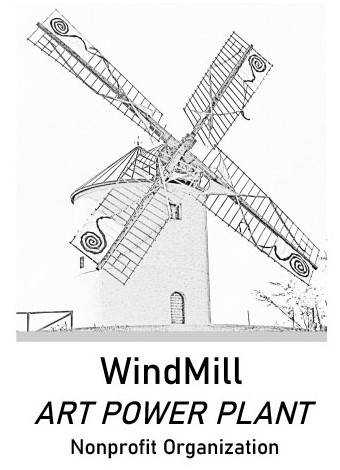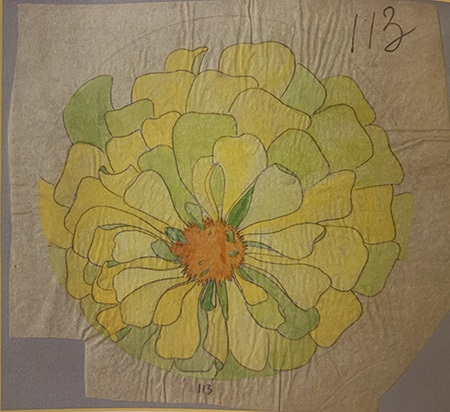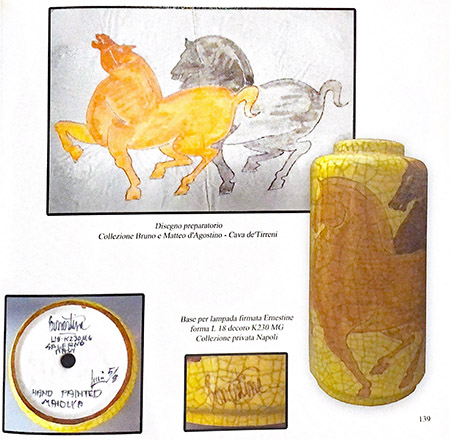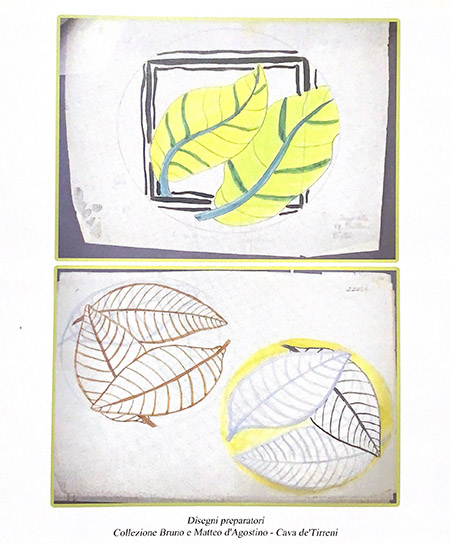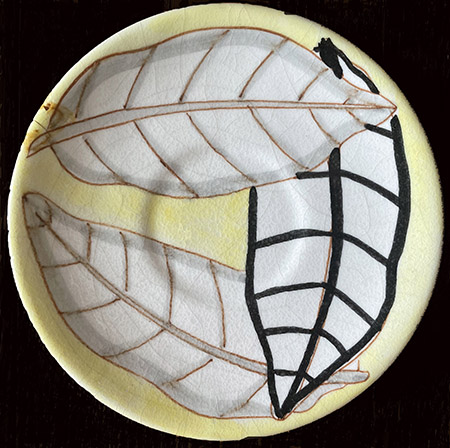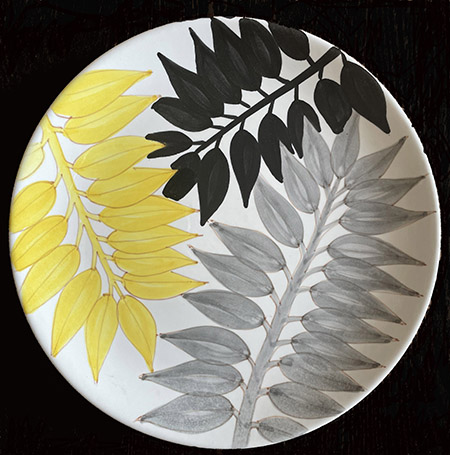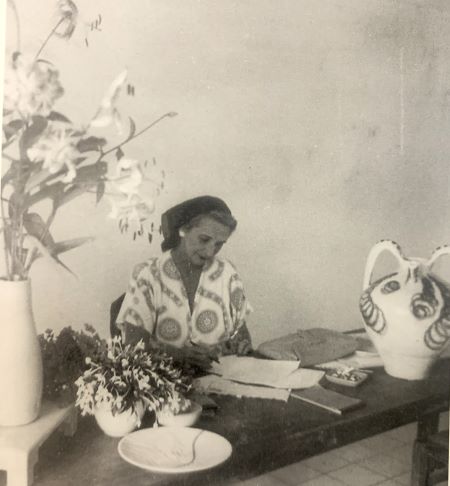
Biography
Ernestine Canon was born in America in 1904. There is little information regarding youth training, most likely characterized by a course of artistic studies. Following her mother, she arrives in Italy in 1939, and after a short stay in Rome, which lasted only a few months, she decides to settle in Salerno.
Her personality has always been judged mysterious by critics. In fact, the years preceding her arrival in Italy are described as a dark moment in her existence. Some scholars have also hypothesized a link with politics, and with the figure of the Duce. However, what is certain is that her transfer to the peninsula was determined by her desire to change her life, dedicating herself exclusively to love for art.
Arriving in Salerno at the age of about thirty-five, Ernestine had already developed an interest in the artistic world, especially in furnishings and interior design. The first commission entrusted to him was the furnishing of the Maiori villa owned by the Norwegian consul Klingenberg. In the following years she decided to devote herself seriously to what was her great passion of hers: ceramics. In this sense, her meeting in Ravello, in the early 1940s, with the architect Matteo d ‘Agostino will be decisive for her career and will mark a significant turning point. In 1948, in fact, he decided to found with the architect, already owner of a well-known kiln, a modern ceramics company: thus the “Ceramica Ernestine” was born, whose history is concentrated in two decades, from 1948 to 1968. A factory of ceramics, born in the locality of Fratte, more precisely in Brignano (fraction of Salerno), with a completely innovative imprint. New forms are conceived and many chromatic experiments aimed at obtaining refined and sought-after works. A type of design with an original sign, which involves purely decorative objects, combined with the production of tableware and furnishings for the home, following the mutation of modern taste and style. Ernestine Canon confirms herself as an artist with a strong creativity, whose ceramic production becomes a worldwide commercial success, in an absolute and lasting way. Today her works are sought after by collectors all over the world. Works united by the same common thread: form and decoration. Ernestine, passionate about floriculture, an art that she poured into the meticulous care of her garden, she loved to surround herself with the beauty of flowers, capable of amplifying her sensitivity and at the same time becoming the lifeblood of her creations. Ernestine’s works testify to the need for a story. The adventurous story of her career as an exciting and privileged designer-ceramist allows her to create a world made of flowers, creating jasmine, ferns, daisies, anemones, violets and many types of leaves.
As a mother of nature that feeds on a growing botanical interest, based on observation and study, Ernestine works on preparatory watercolor drawings and colored pencils to be transported to ceramics (these are also now kept in private collections).
Ceramica Ernestine represents one of the most important experiences of Italian ceramic industrial design, the result of the fervent creativity of its founder and continuous experimentation.
Ernestine died in her villa in Ravello on January 17, 1969, in still mysterious.
Curriculum
Recensioni e partecipazioni alle mostre
1950 – Esposizione dell’Artigianato artistico napoletano. Esposizione dell’Artigianato artistico napoletano, catalogo della mostra (Napoli, 20 aprile – 31 luglio 1950), Camera di commercio, industria e agricoltura, Tip. G. Montanino, Napoli 1950.
1951 – XXII Mostra Mercato dell’Artigianato (Firenze, 1951).
1951 – Rivista «Domus», (pagine di pubblicità) numeri 260, 289, 345.
1951 – Alla fabbrica Ernestine viene assegnato un premio dai magazzini Neiman Marcus di Dallas, rivolto alle realtà industriali distintesi per creatività e invenzione.
1953 – Mostra dell’industrializzazione delle regioni meridionali d’Italia (Napoli, ottobre 1953).
1953 – Al concorso Vicenza esportazione fu premiato il servizio di frutta in maiolica policroma, disegnato da Diodoro Cossa della ditta Ernestine.
1955 – Mostra di artigianato italiano (Londra, Italian Istitute). Rivista «Domus», numero 311, 10/1955.
Bibliografia
M.G. Gargiulo, Laura Conforti, La Ceramica Ernestine. Colore, forma e innovazione 1948-1968, catalogo ragionato, Napoli, edizioni Fioranna 2009.
Ernestine Virden Cannon
Disegno preparatorio ceramica – 1948 – acquerello
Ernestine Virden Cannon
Piatti firmati
Ernestine Virden Cannon
Piatti firmati decoro
